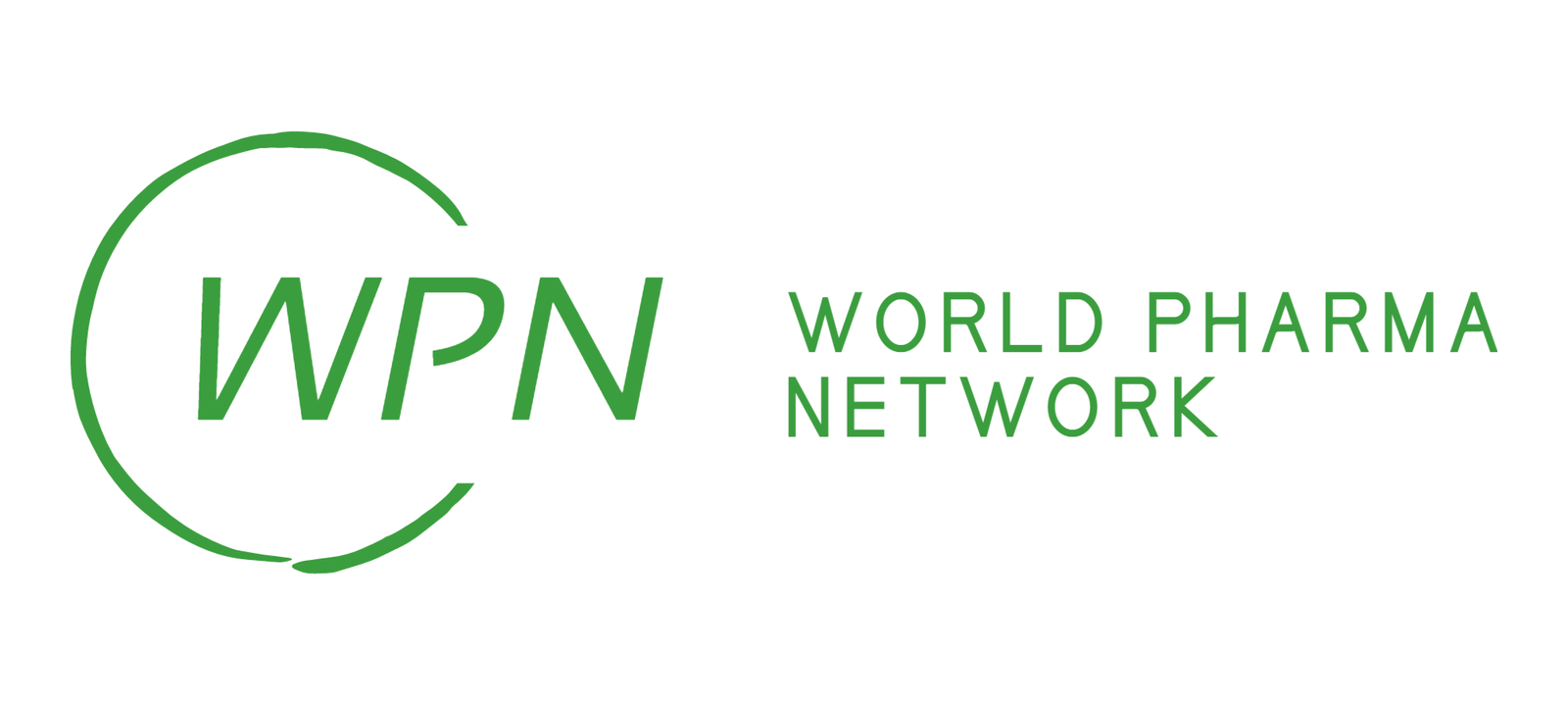Here is how your product packaging will be done?
The aim of the packaging of medicine or another pharmaceutical product is to ensure the safe arrival of the patient’s hand who has placed the order. The primary functioning of pharmaceutical product packaging is to provide protection from light and moisture and prevents leaching of the medicinal content and chemical interaction within the active constituents present in any pharmaceutical product.
The packaging quality of pharmaceutical products signify the quality of the product. Therefore, the packaging quality of pharmaceutical the product plays an important role in overall patient acceptability of the product. Therefore the basic requirements of pharmaceutical product packaging material are as follows:
- Must provide protection from every adverse external influences like light, moisture, temperature variations, and oxygen which can alter the properties of the product.
- Must give shielding effect against biological contamination.
- Must prevent physical damage
- Labeling of the packaging must give the correct information for easy identification of the product.
The selection of packaging the material also very crucial, as the packaging itself must not cause any adverse effect on the pharmaceutical product. Similarly, the product should not change the properties of the packaging material in long exposure. The packaging material should preserve the shelf-life of the product. Therefore, quality assurance testing is followed in the pharmaceutical product packaging material.
- Raw Packaging Materials and their uses
- Cardboard is commonly used for box packing and display units
- Papers are used for labeling and leaflets preparation
- Glass is used for bottles, ampoules, vials, cartridges, and syringe manufacturing
- Plastic is used for bottles, bags, closures, tubes, laminates with paper or foil
- Metal, like aluminum, is used for making collapsible tubes, foils, pressurized containers, rigid cans, gas cylinders, needles.
- Rubber also use for packaging of closures, plungers
However, pharmaceutical packaging cannot be done by a single product but used different components for giving proper safeguards to the product. A pharmaceutical product is surrounded by its packaging until it is administered. Therefore, certain aspects are an important consideration for pharmaceutical packaging. For example, the foremost important aspect is to decide the purpose of packaging and depending upon that packaging material selection. After the selection of the material quality testing of the material is another important aspect. If the material passes the quality check, then filling and assembling are started. Depending upon the product, subsequent steps are followed like injections require sterilization after packaging. And lastly, safe storage and stability maintenance are also included in packaging functions.
The packaging is two types, primary packaging, secondary packaging. The pharmaceutical products have direct contact with primary packaging such as bottles, blisters, vials, closure, etc. Whereas, aluminum caps, cardboard boxes are secondary packaging. Contents compatibility, the degree of protection, the filling method, and cost are certain factors that are considered during the selection of primary and/or secondary packaging materials. Besides these, the presentation of the product also represents its presentation and patient compliance. Therefore, during the packaging of pharmaceutical products, professionals also take care of weight, size, method of opening and reclosing, and legibility of printing for better usability of the product.
The material of the containers in which products are packed is chosen depending upon the product usability. There is certain packaging difference also maintain in the case of products which are immediately used after the production of the finished product. Apart from this, packaging also varies single-dose and multi-dose products. The packaging process consists of the following stages filling and assembling; sterilization in the final container ( if require); placing of the labels on the container; storage at the shipping sites.
The documentation requires for packaging include quality control testing document which must ensure batch record specification, package inserts for patients, proper labeling, quality of inks, and adhesive materials used. Currently, two special packagings are also included in pharmaceutical product packaging, which are
- Unit-dose packaging – This type of packaging ensures safer medication practice for a particular patient by reducing medication errors for more practical applications. The unit-dose packaging system is useful to improve patient compliance and for less stable products.
- “Device” packaging – Pharmaceutical device packaging is user friendly to improve patient compliance. Prefilled syringes, droppers, transdermal delivery systems, pumps, and aerosol sprays are different types of device packaging to allow easy application of the medication along with ensuring the right dose and correct administration of the product.
Repacking, relabeling, and dispensing: For personalized dispensing of drugs to each patient repacking, relabeling have started in many countries. Usually, a patient who requires small quality drug is usually preferred such packaging. Solid oral dosage forms are commonly repacked, re-label before dispensing to provide “customized” service. This practice is also known as “patient med packs”. Immediate usable medication or medicine require for a short period of time also repack, re-label before dispensing. But such dispensing requires proper vigilance to avoid any mix-up or contamination of the product.
